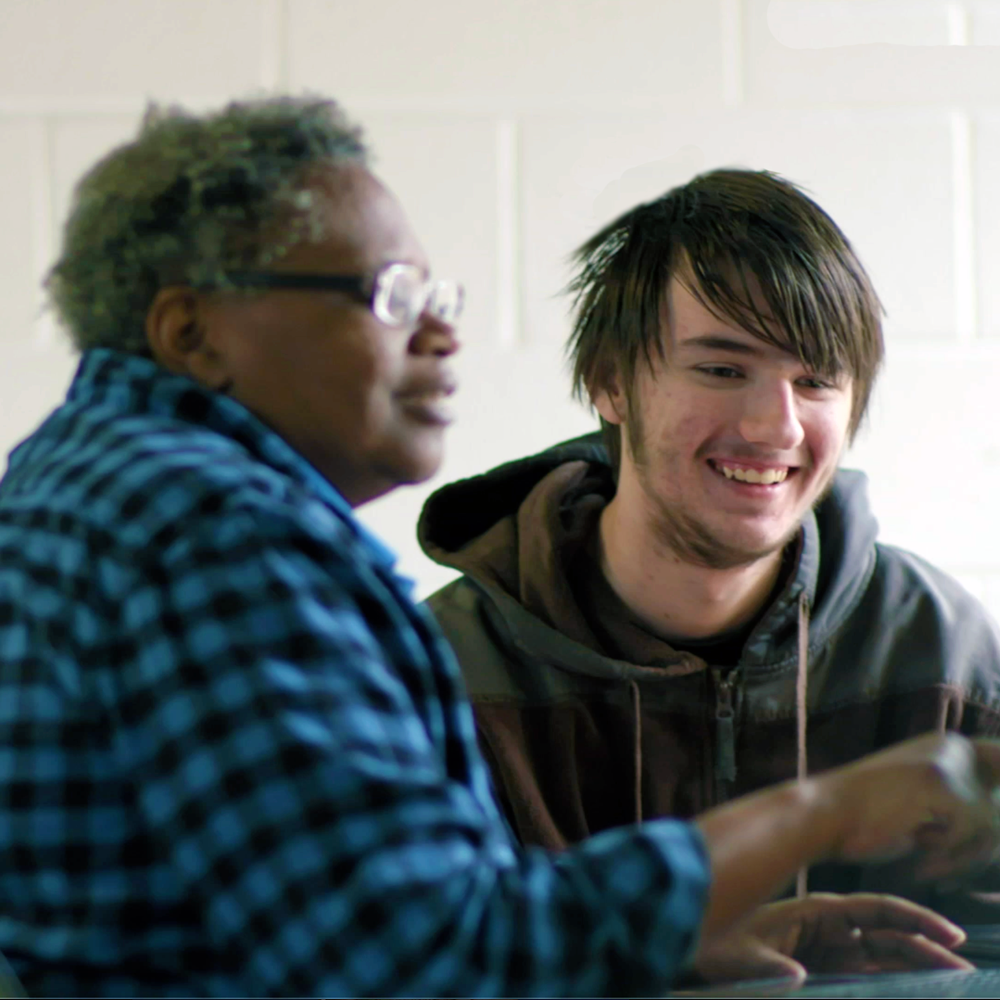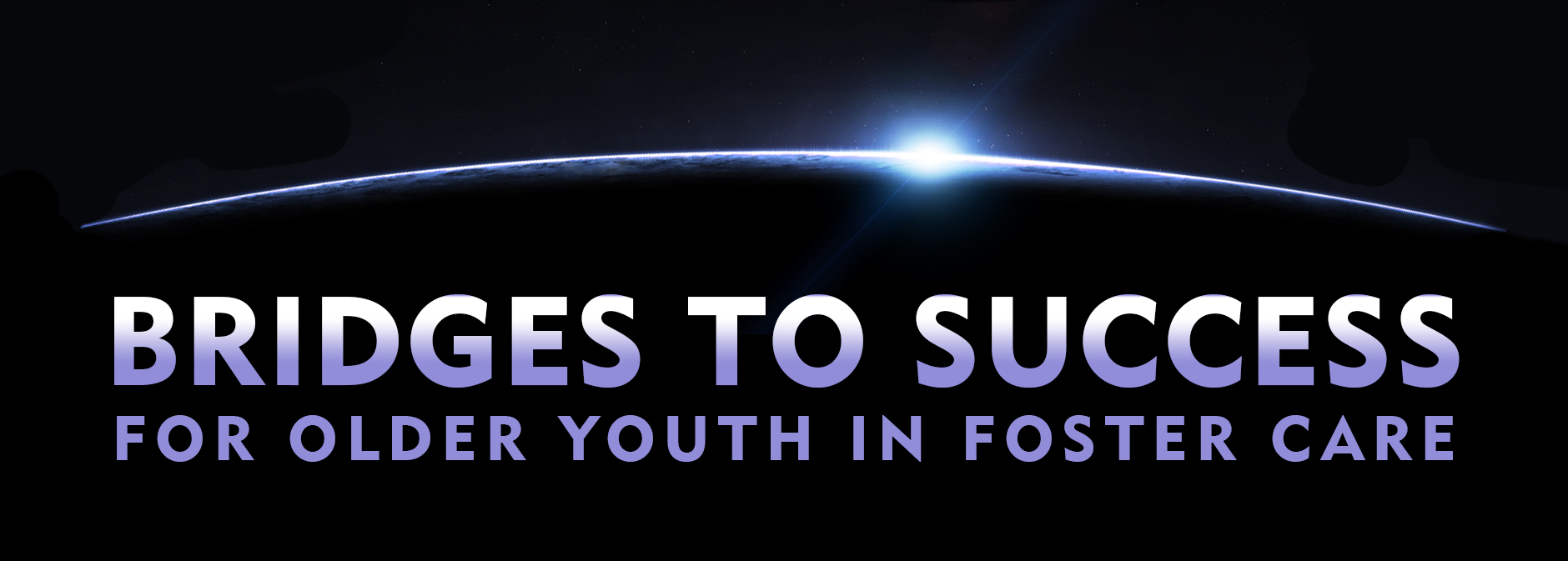A young woman turned 18. She blew out the candles, packed her bags, and walked out the door, to find her place in the world. Which she did. She bounced around a bit, did some couch surfing, but eventually landed in this nice big doorway, which shields her from the wind and the worst of the rain.
That’s what happens to far too many of our foster kids. And it's just one of the reasons we developed Bridges to Success for Older Youth in Foster Care.
What is Bridges to Success?

For years, experts recognized that older youth in care were not thriving, and that young men and women who turned 18 and "aged out" faced dismal outcomes. When we looked at our own cases, we saw that our older kids were experiencing more frequent placement changes, often to more and more restrictive settings that were further and further from home. They were not doing well in school and certainly were not developing the soft and hard skills needed to step over the threshold into young adulthood.
So in January 2017, Piedmont CASA launched Bridges to Success. Today, three qualified adult mentors provide 1:1 guidance and support to foster kids ages 13 to 18, and continue to work with young adults who stay on our caseload up to age 21.
We set four goals: improve placement stability, improve academic performance, improve soft and hard skills needed for employment and - this is the game changer - engage the youth in the life-planning process.
Bridges Coaches show older kids in care how to build bridges to the other side of the world. The side they thought was out of reach.
How does Bridges to Success work in the pandemic?
In response to the pandemic, our Bridges to Success program has not only continued, it has intensified. As social distancing and sheltering in place cause our youth and young adults to lose important supports and connections, our Coaches are stepping in to fill those gaps. Whether it is simply touching base, or dealing with a problem, or celebrating a birthday, the number of calls, texts, and online visits between our Coaches and youth and young adults have increased significantly.





